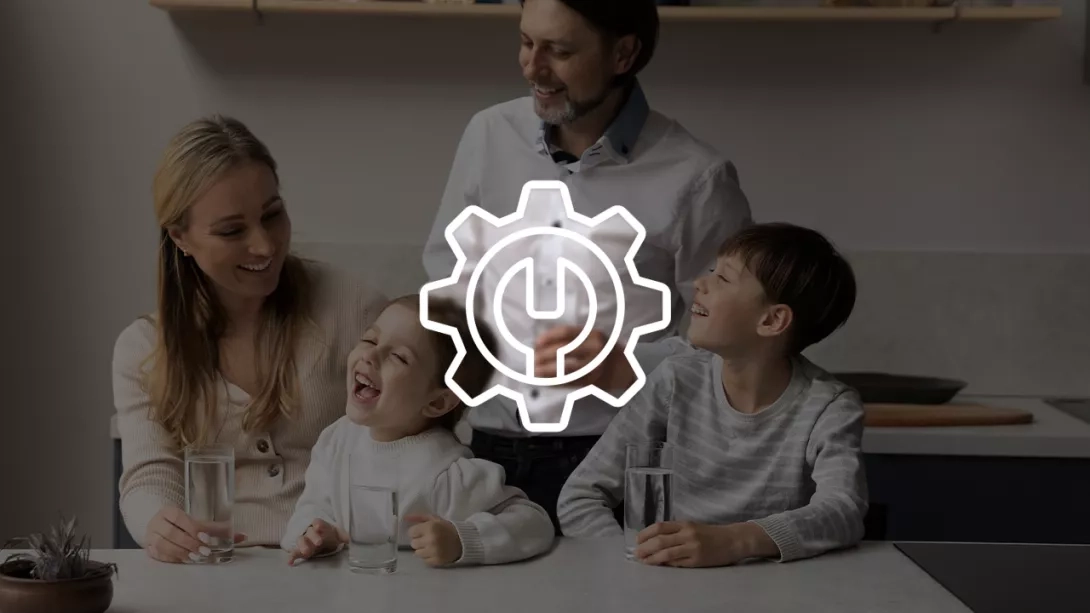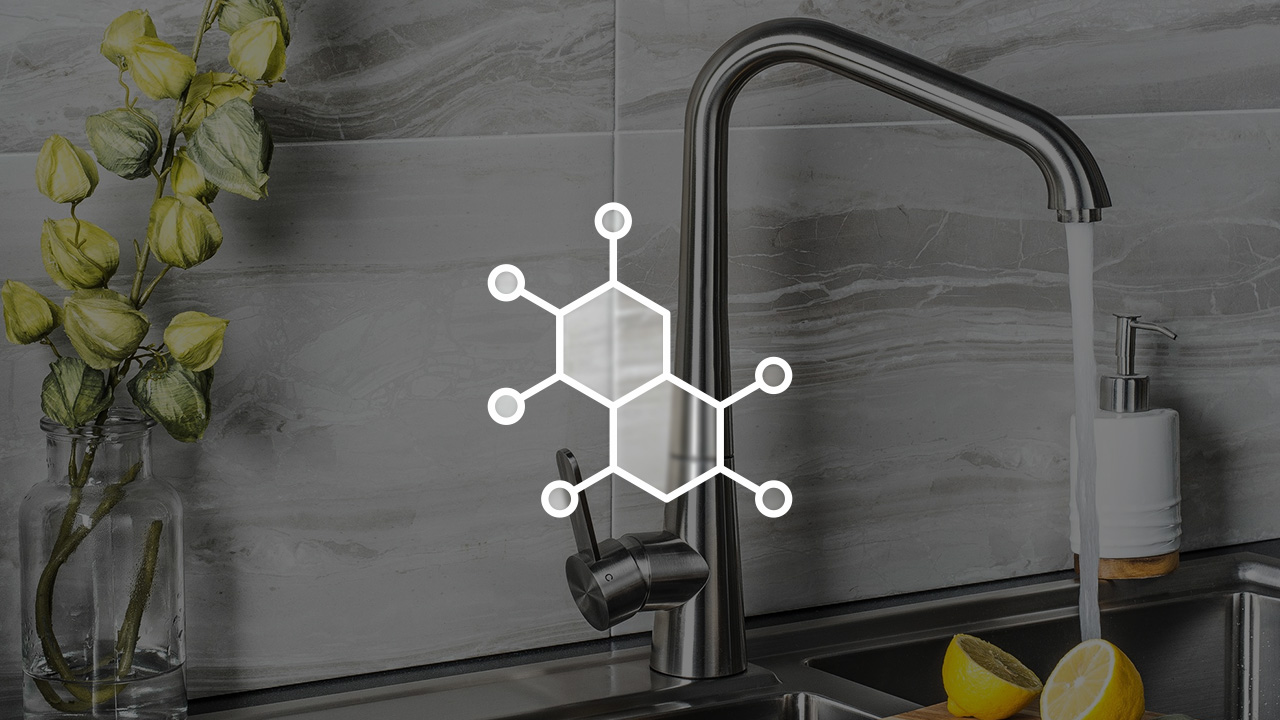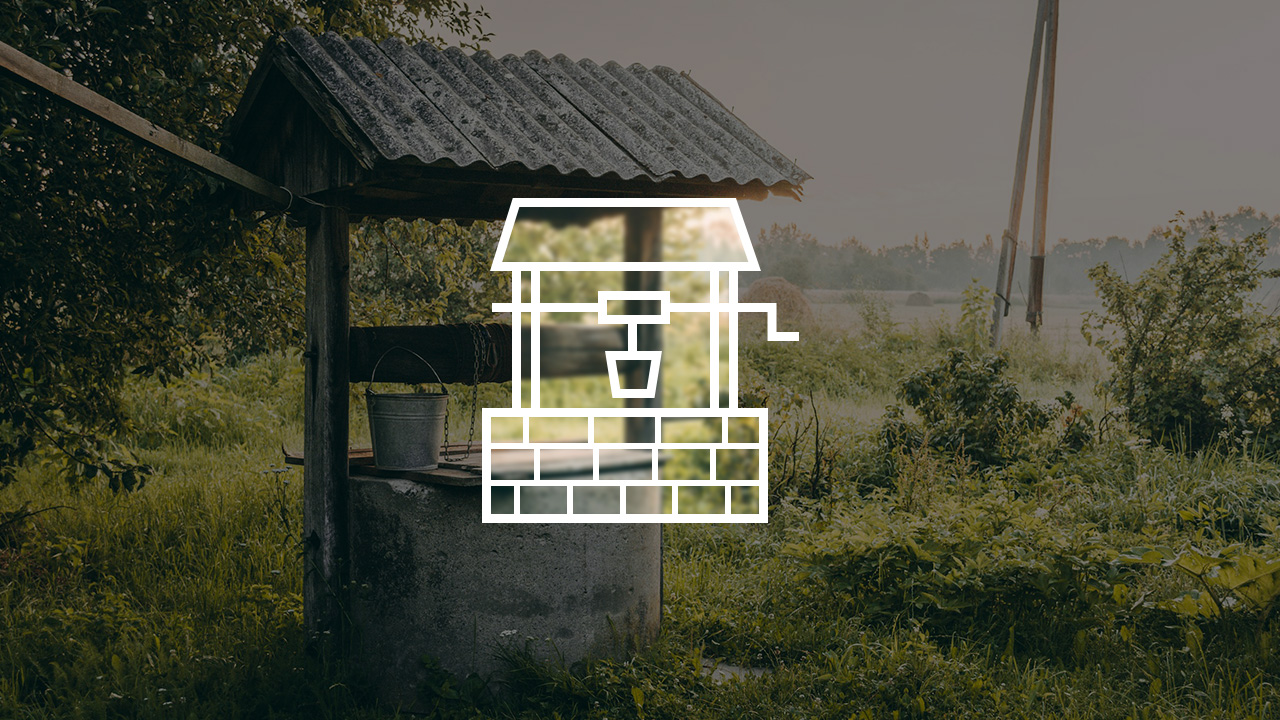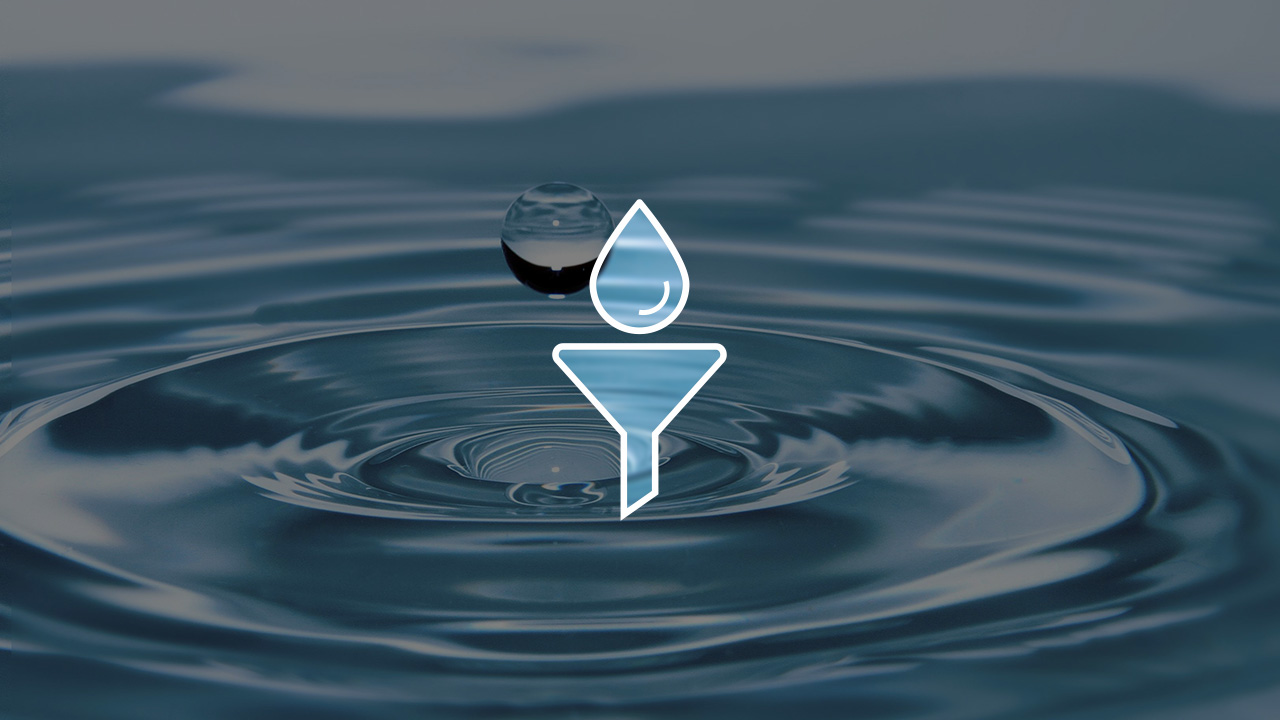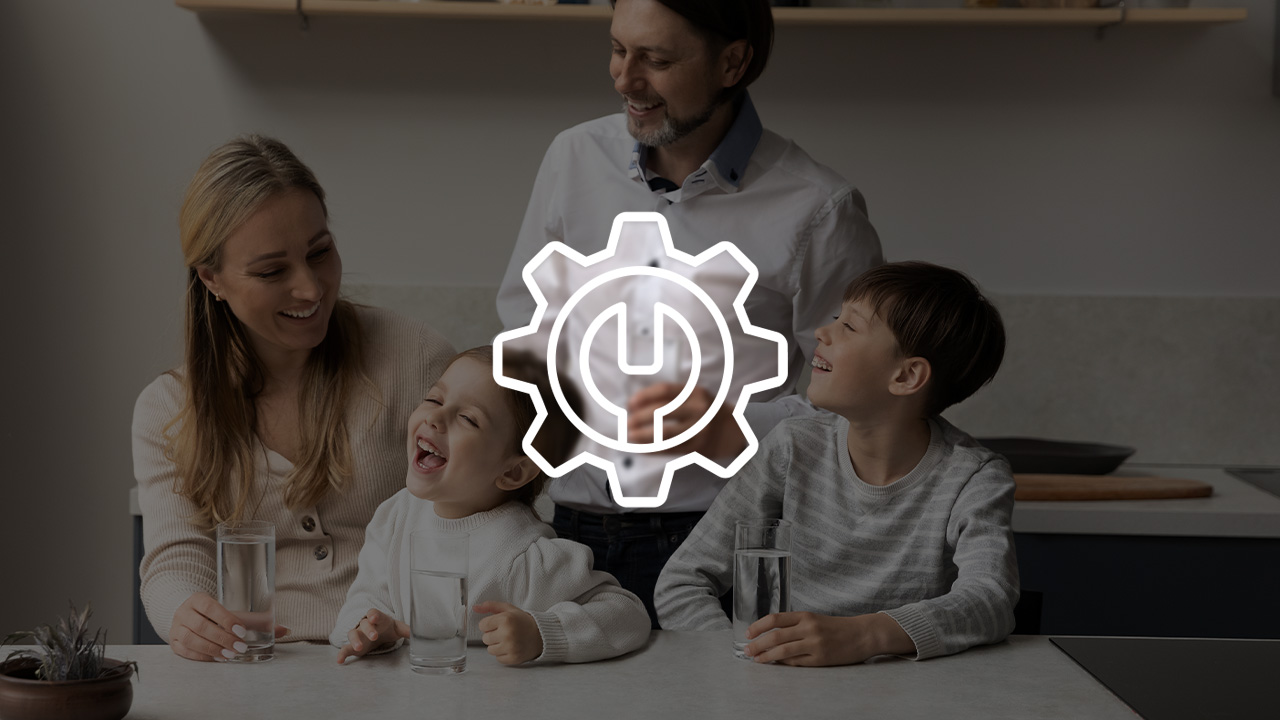The simplest water filter is a jug. These filters have been used for many years to purify drinking water.
Structure of a water filter jug
A filter jug is a transparent plastic container shaped like a jug with a lid. Inside, there is a cartridge filled with filtering material.
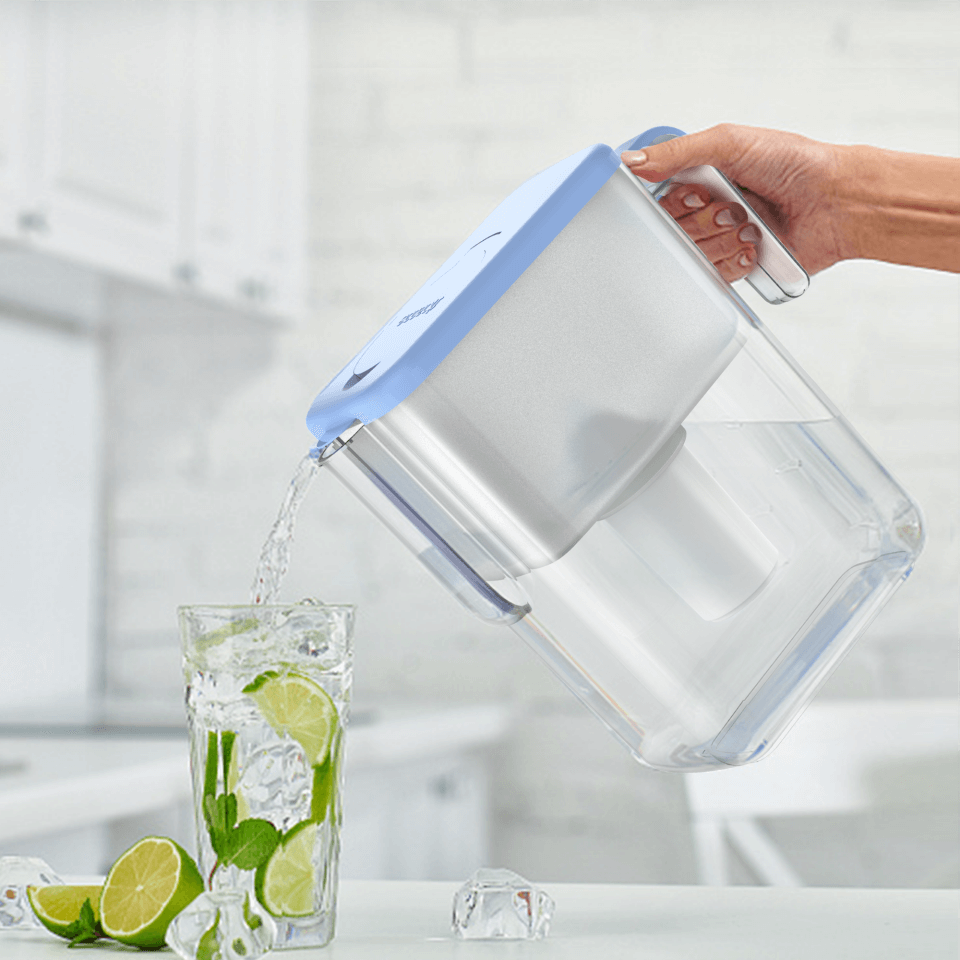
There are two types of lids for such filters:
A lid with a pouring hole.
A removable lid.
Sometimes, silicone pads are added to the bottom and handle of the jug to enhance stability and provide comfortable use.
Water is poured into a special funnel with a cartridge, passes through the filtering material, and collects in the lower part of the jug.
How does a water filter jug work?
The key element of a jug filter is the replaceable cartridge. It is a food-grade plastic housing with openings at the top and bottom. A special cone at the top helps accumulate and evenly distribute water through the filtration media.
The first component the water encounters is a polymer mesh that removes large mechanical particles.
Next, the water flows through the cartridge’s filtration media, which consists of several materials:
Ion-exchange resin – reduces water hardness and prevents scale formation. It contains sodium ions, which replace calcium and magnesium ions when in contact with hard water. Some ion-exchange resins can also remove small amounts of heavy metals.
Activated carbon – adsorbs:
— Natural organic substances that cause water discoloration and unpleasant odors.
— Chlorine, eliminating its sharp odor.
— Toxic pesticides and chlorinated organic compounds, which may enter the water from industrial wastewater and chlorination processes.Catalytic materials – accelerate the oxidation of certain contaminants like manganese and iron, removing the metallic taste.
To prevent biological contamination, some filters include silver ions in the filtration media.
- Inert material at the bottom of the cartridge acts as a drainage layer to hold the filtration media in place.
Each manufacturer develops its own filtration media composition based on water quality, required performance, and lifespan.
Typically, a cartridge lasts 1–2 months, depending on the amount of filtration material, the quality of incoming water, and consumption volume.
Cartridge replacement
The replacement process consists of 5 steps:
- Remove the lid and take out the old cartridge.
- Rinse all filter parts under running water; dish soap can be used.
- Soak the new cartridge for 5–10 minutes.
- Install it in the funnel.
- Filter and discard the first two portions of water.
After this, the water is safe to drink.
Rules for using a water filter jug
Use only for tap water.
Follow the recommended cartridge replacement schedule.
Not intended for hot water (maximum temperature: 35°C).
Advantages of a water filter jug

✔ Simple and effective water filtration.
✔ Affordable price.
✔ Easy maintenance.
✔ No need for plumbing connection (portable).
Disadvantages of a water filter jug

✘ Does not disinfect water.
✘ Fixed water volume.
✘ Low filtration speed.
✘ Frequent cartridge replacements are required.
